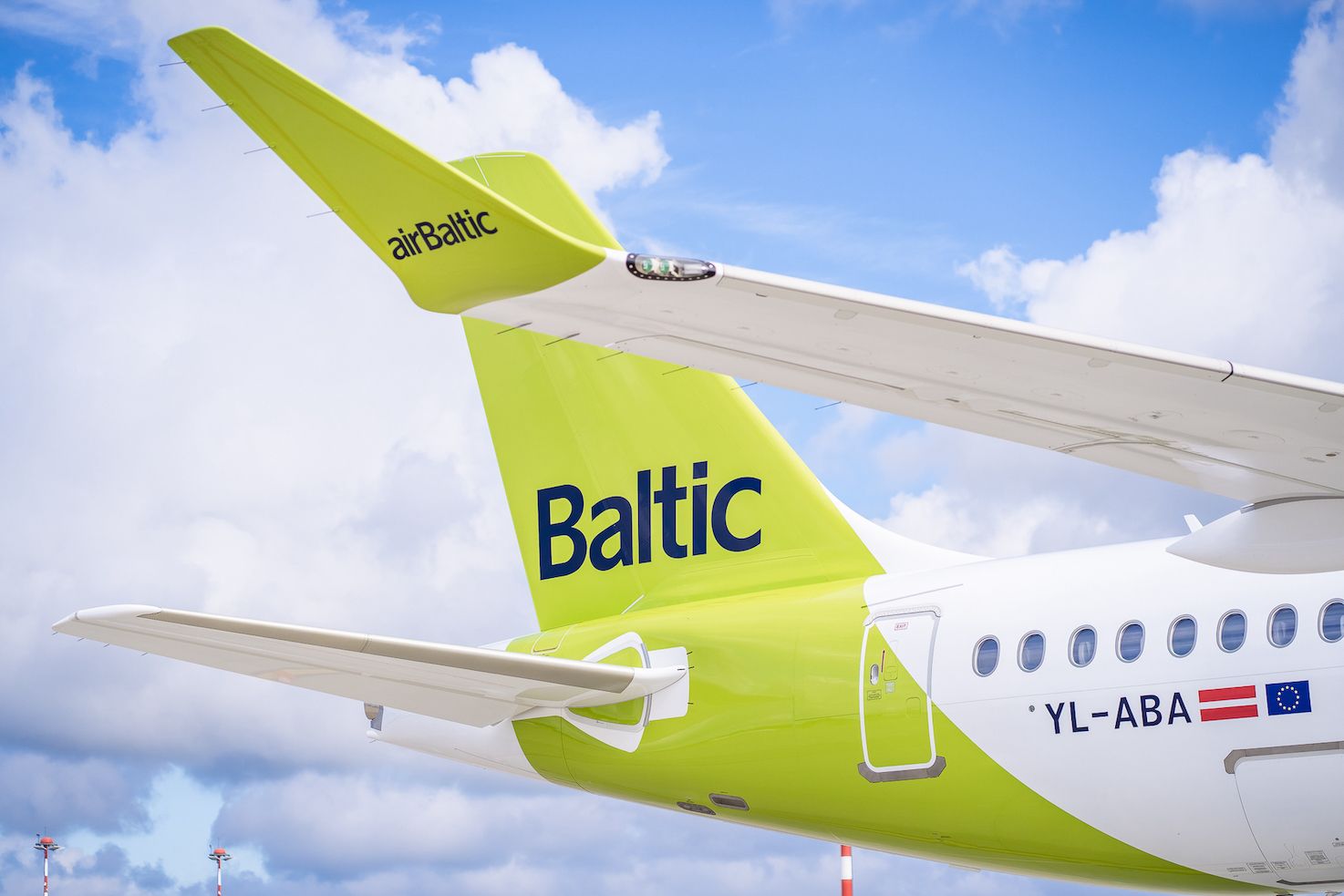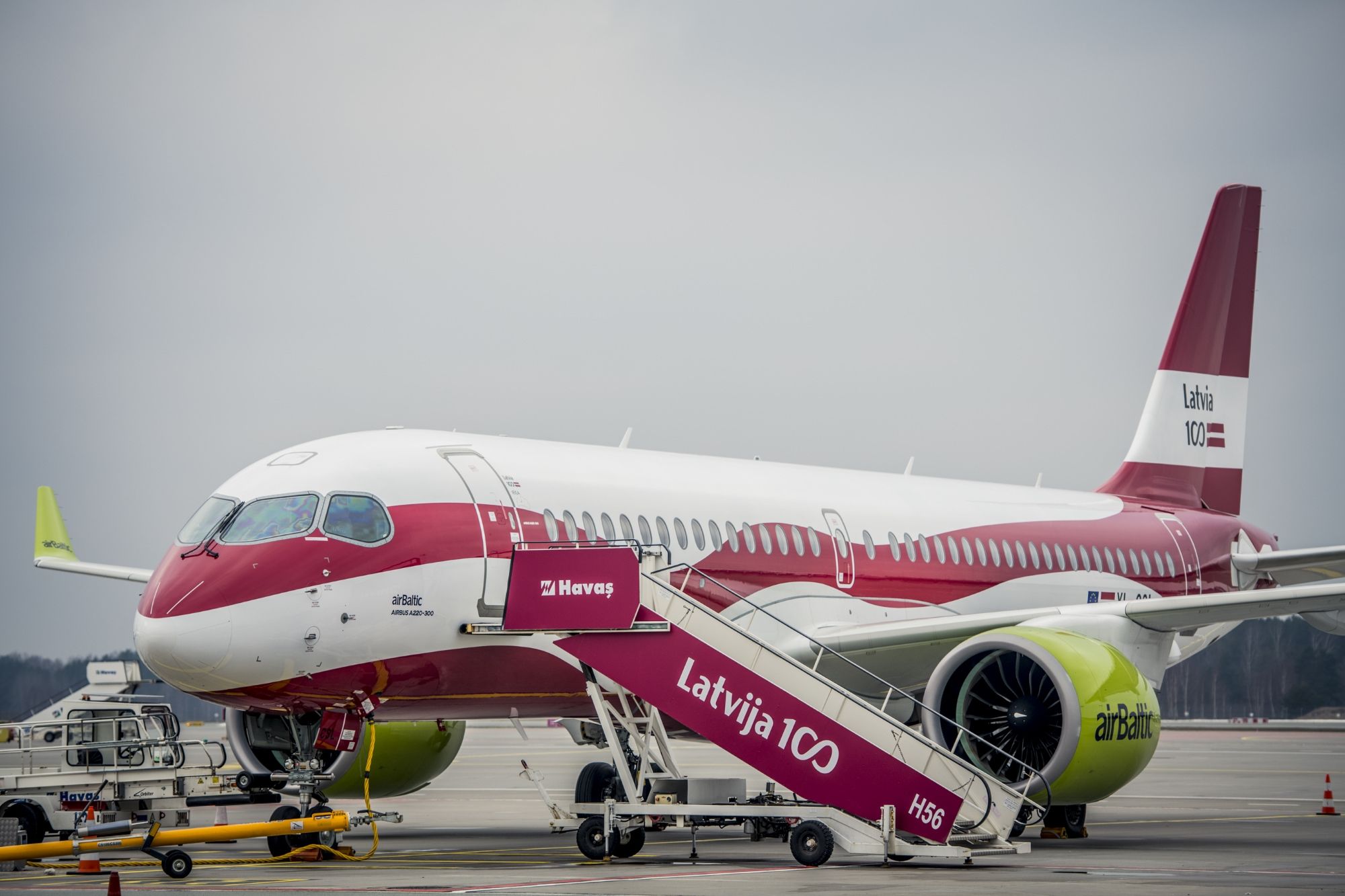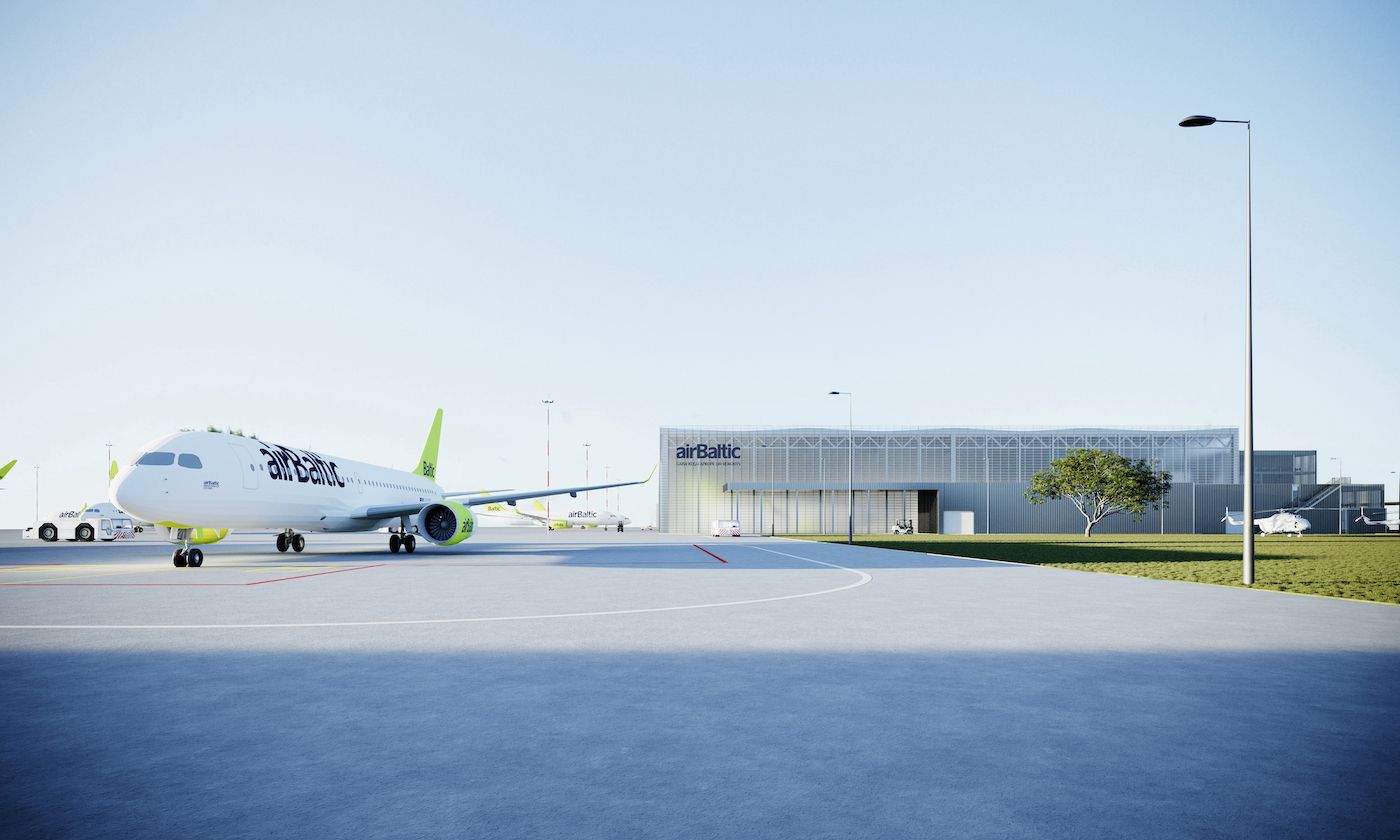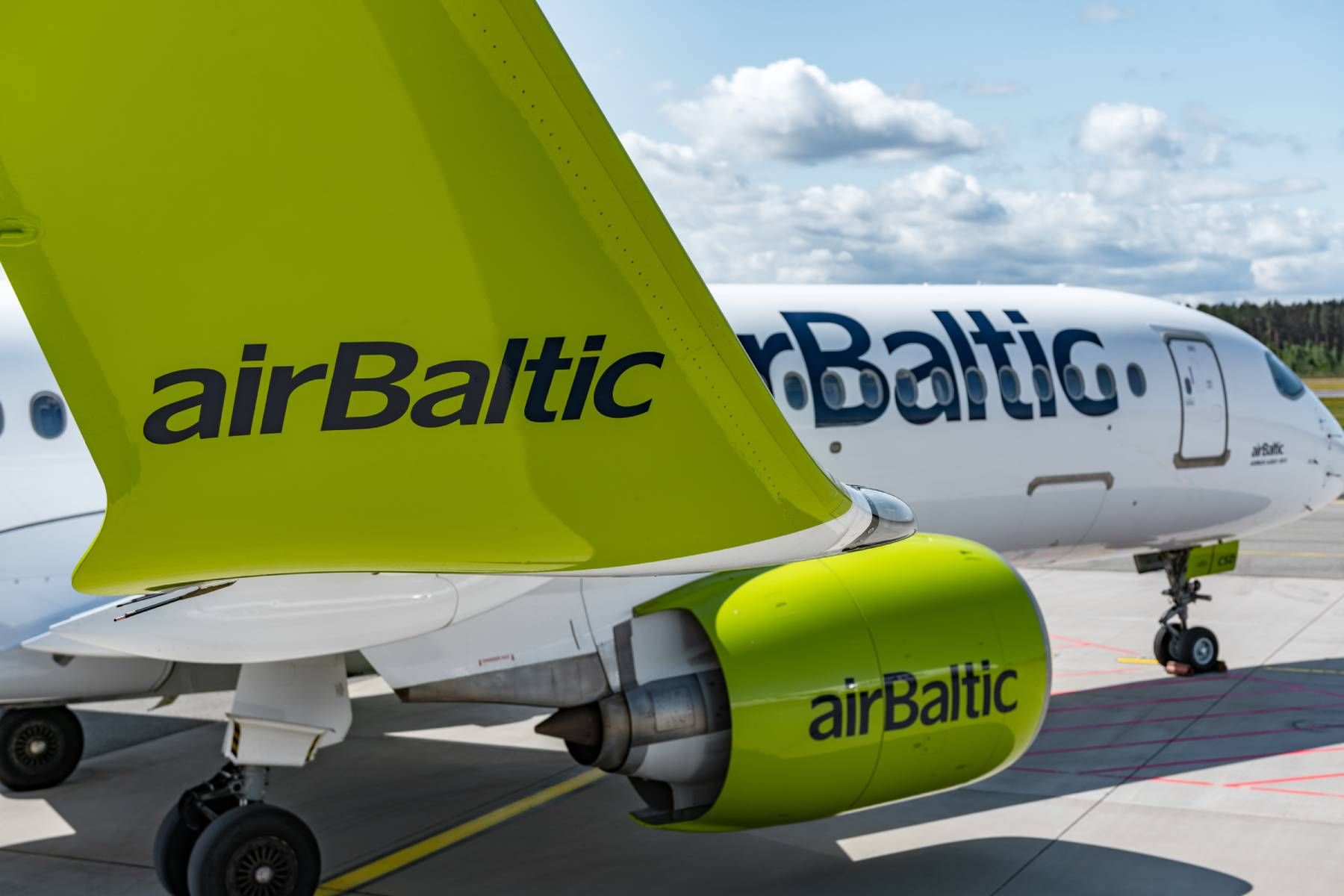The Latvian flag carrier airBaltic has approved its sustainability strategy, which includes a commitment to reach carbon neutrality by 2050. The carrier's single-type Airbus A220-300 aircraft fleet plays a significant role in helping airBaltic meet its sustainability objectives. Let us take a closer look at why this is the case.
Fuel efficiency is the key
The Airbus A220 narrowbody jet has been called a "game-changer" in the world of aviation. Since introducing the first Airbus A220-300 to its fleet in 2016, airBaltic has become the world's largest operator of this aircraft type.
In 2020, airBaltic made the strategic decision to transition to a single-type Airbus A220-300 fleet, allowing the airline to optimize its operations and reach its fuel efficiency goals.
The recent Russian invasion of Ukraine and subsequent airspace bans have tested the mettle of the airline, which had frequently been utilizing Russian, Belarusian, and Ukrainian airspaces. Yet it has risen to the challenge and adapted its operations accordingly. Thanks to the fuel efficiency of the Airbus A220, airBaltic CEO Martin Gauss noted in a March 2022 interview:
"With the higher fuel cost, our best offset against this is the Airbus A220-300 because we have 25% less fuel burn this year than we've had in the years when we were using different aircraft."
airBaltic's sustainability report released in 2021 indicated that investment in the new single-type fleet has enabled the company to reduce its carbon emissions by more than 20%. In fact, according to Airbus data, the A220 aircraft family has the capability to reduce CO2 and NOx emissions by 25% and 50%, respectively.
Zita Barānova, Head of Sustainability at airBaltic, commented on the airline's recently approved sustainability strategy, stating,
"Many examples at airBaltic reflect that – for instance, choosing the most modern and green aircraft Airbus A220-300, optimizing operations and using sustainable aviation fuel, gradually moving to the electric car park, and offsetting CO2 emissions, and many more."
"Now we are moving a step further – on combining already the existing and future contribution of sustainability actions to become carbon neutral in 2050."
Get the latest aviation news straight to your inbox: Sign up for our newsletters today.
Growing airBaltic Airbus A220-300 fleet
Airbus A220-300s of the airline have completed more than 120,000 flights and flown over 263,000 block hours, enjoying "the efficiency provided by the aircraft," said airBaltic in a statement dated December 2022.
Not surprisingly, airBaltic is on track to reach its goal of having a fleet of 50 Airbus A220 aircraft by the end of 2024. On December 31, 2022, the Latvian national carrier welcomed the 39th Airbus A220-300 aircraft into its fleet. This was the seventh A220-300 delivery for the airline in 2022.
airBaltic's A220-200 jets can accommodate a maximum of 145 passengers and fly as far as 4,575 kilometers. Now, airBaltic's average fleet age is 3.1 years old, according to Planespotters.net data.
In addition, the airline has 30 additional options and purchase rights for the Airbus A220-300 aircraft. Therefore, there is a chance the Latvian flag carrier may be further expanding its A220 fleet by exercising these options in the future.




